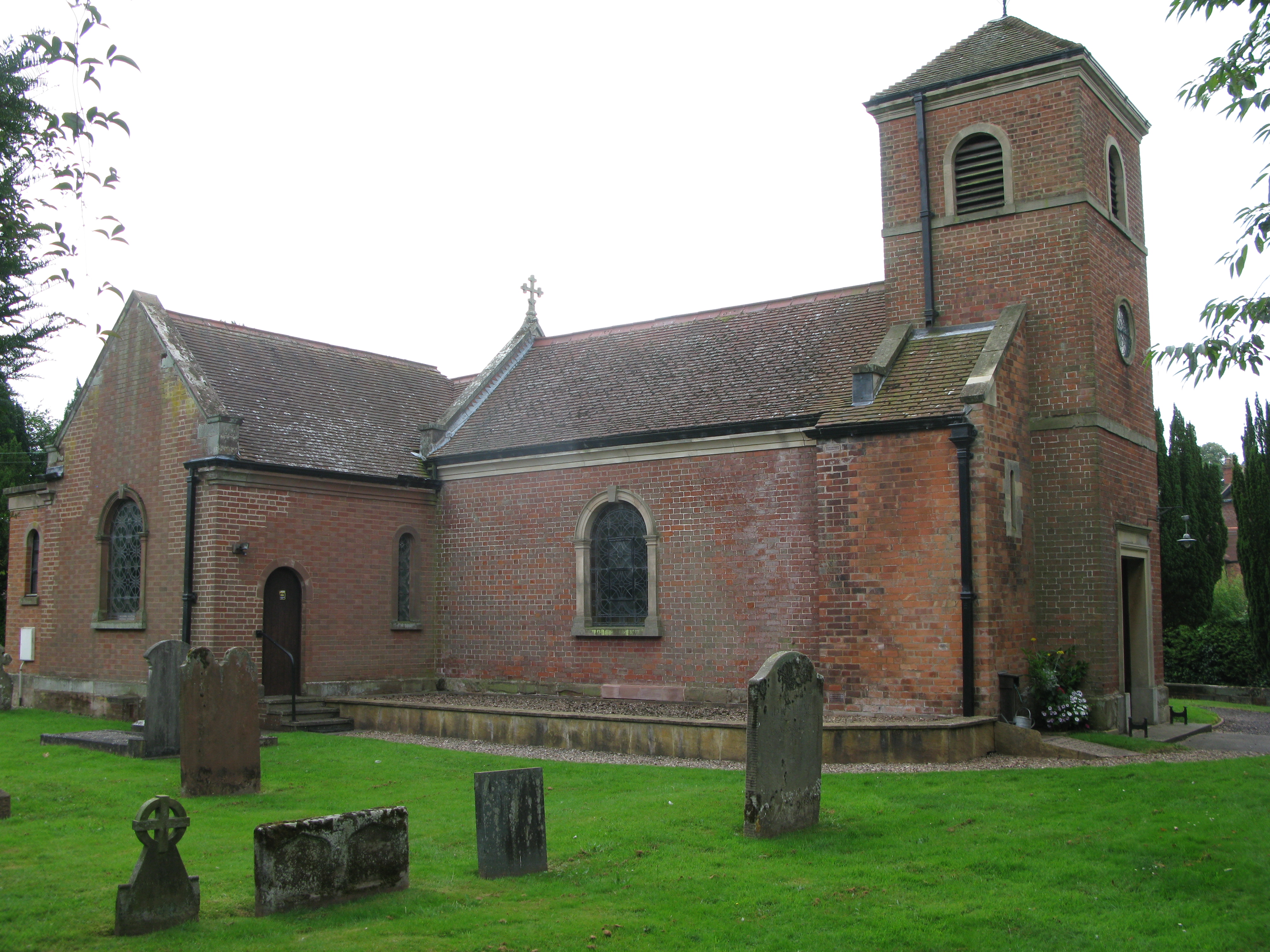Broom, Worcestershire on:
[Wikipedia]
[Google]
[Amazon]
 Broome is a village and civil parish in the Wyre Forest District of Worcestershire, England. According to the 2001 census it had a population of 338. The village is situated on the lower slopes of the Clent Hills and lies to one side of Broome Lane, a minor road that runs westwards from the outskirts of Clent to the outskirts of Hagley.
Broome is a village and civil parish in the Wyre Forest District of Worcestershire, England. According to the 2001 census it had a population of 338. The village is situated on the lower slopes of the Clent Hills and lies to one side of Broome Lane, a minor road that runs westwards from the outskirts of Clent to the outskirts of Hagley.
CBB churches
/ref>
History
At the time of the Domesday Book, Broome formed part of the Worcestershire manor of Clent, but was granted to a Staffordshire landowner in 1154 and remained a detachedexclave
An enclave is a territory (or a small territory apart of a larger one) that is entirely surrounded by the territory of one other state or entity. Enclaves may also exist within territorial waters. ''Enclave'' is sometimes used improperly to deno ...
of that county until transferred back to Worcestershire in 1844. Its parish bounds stretch south to include Hackman's (formerly Hangman's) Gate and the agricultural settlement of Yieldingtree beyond it, both of which have their small manor houses.
Billings Directory of 1855 records that there was never a pub in Broome, while the facetious John Noakes dismissed the village as "so devoid of notable features, that ts exclusionwould be no more noticed than the loss from Great Britain of any individual of the name of Smith". Other than farming, he continued, it was without industry. However, the old field names Nailer's Close and Kiln Pit suggest some local manufacture in its past. A stream rising on the eastern boundary also formed several pools, including one in the hall grounds stocked with fish and, at the further boundary, another serving a mill that went out of use during the 19th century.
Buildings
Until the end of World War 2, the main occupation in the village was agricultural, but now many of the smaller farms have disappeared. Top Farm, Spring Farm and Lodge Farm are private dwellings. Most of the newer houses, and the older ones which have been modernised or extended, are occupied by commuters or retired people. Several of its buildings are grade 2 listed, including the 17th-century half-timbered Dower Cottage at the entrance to the village, and Old Well House, a former farm on a minor lane leading east towards the 18th-century Redhall Farm, which is also grade 2 listed. The two most substantial houses are the former 19th-century Rectory and the mixed style Broome House. The main building of the latter dates from the 18th century and has a facing ofashlar
Ashlar () is finely dressed (cut, worked) stone, either an individual stone that has been worked until squared, or a structure built from such stones. Ashlar is the finest stone masonry unit, generally rectangular cuboid, mentioned by Vitruv ...
over a classical-styled front with a central Diocletian window
Diocletian windows, also called thermal windows, are large semicircular windows characteristic of the enormous public baths (''thermae'') of Ancient Rome. They have been revived on a limited basis by some classical revivalist architects in more m ...
. Behind it extend predominantly gothic
Gothic or Gothics may refer to:
People and languages
*Goths or Gothic people, the ethnonym of a group of East Germanic tribes
**Gothic language, an extinct East Germanic language spoken by the Goths
**Crimean Gothic, the Gothic language spoken b ...
features, built partly of brick and partly of the local red sandstone, in a style that has been attributed to the Warwick architects William and David Hiorn.
The church of St Peter is of ancient date and during a period of neglect the church bell once hung from an old oak tree stump in the churchyard. The church was rebuilt in brick about 1780 with its main entrance through the first stage of the tower. Inside is a marble monument designed by John Flaxman
John Flaxman (6 July 1755 – 7 December 1826) was a British sculptor and draughtsman, and a leading figure in British and European Neoclassicism. Early in his career, he worked as a modeller for Josiah Wedgwood's pottery. He spent several yea ...
commemorating Anne Hill, who died in 1804. There is also the bowl of the original Romanesque font, restored from the former church. St Peter's was grade 2 listed in 1958. From Victorian times it had a small adjoining school which closed in 1933. The church now forms part of a combined ministry with the villages of Blakedown
Blakedown is a village in the Wyre Forest District lying along the A456 in the north of the county of Worcestershire, England. Following enclosures and the arrival of the railway, it developed both agriculturally and industrially during the 19th c ...
and Churchill
Sir Winston Leonard Spencer Churchill (30 November 187424 January 1965) was a British statesman, soldier, and writer who served as Prime Minister of the United Kingdom twice, from 1940 to 1945 during the Second World War, and again from 1 ...
./ref>
References
External links
{{authority control Villages in Worcestershire Gothic Revival architecture in Worcestershire 18th-century Church of England church buildings